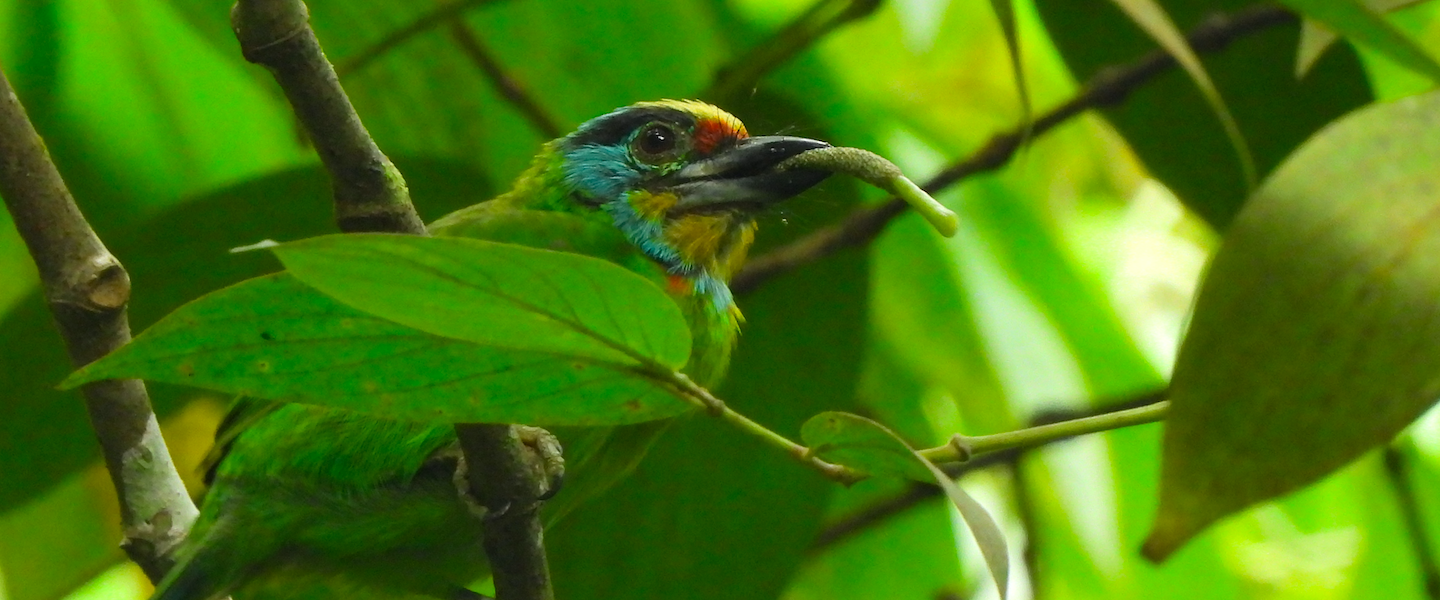The smallest seabird of the Mediterranean, the ‘Mediterranean‘ form melitensis of the European storm petrel (Hydrobates pelagicus), is the size of a house sparrow. As all tubenoses, they are strongly pelagic birds, rarely foraging close to the shore except for adults going back to the caves where they nest at night. Today, Darío Gijón and I joined the weekly census of this pelagic bird organized by the wildlife recovery center CRF Santa Faz. This census takes place in Benidorm island, the stronghold of the species in mainland Spain, with several hundreds of individuals. The island is protected within the Serra Gelada Natural Park, a terrestrial and marine reserve. The task is to monitor the activity and development of nests across two caves in the island, and ring chicks.

We jump in the boat from nearby Altea and sailed to the island. On our way, numerous yellow-legged gulls (Larus michahellis) and few Audouin’s gulls (Ichthyaetus audouinii) fly by. The grand, sunbathed cliffs of the Serra Gelada are infested by pallid swifts (Apus pallidus), and several little egrets (Egretta garzetta) hunt in the shoreline. In the sea, we spot the waving fin of my first-ever sunfish (Mola mola), and some distant bluefin tuna (Thunnus thynnus) jumping off the water. Besides a restaurant in the pier, the island is pretty much unbuilt, invaded by the yellow-legged gulls. Only some little egrets breed here, as well as a pair of peregrine falcons (Falco peregrinus) that we didn’t spot today. Among the bushes, some Sardinian warblers (Curruca melanocephala) call.
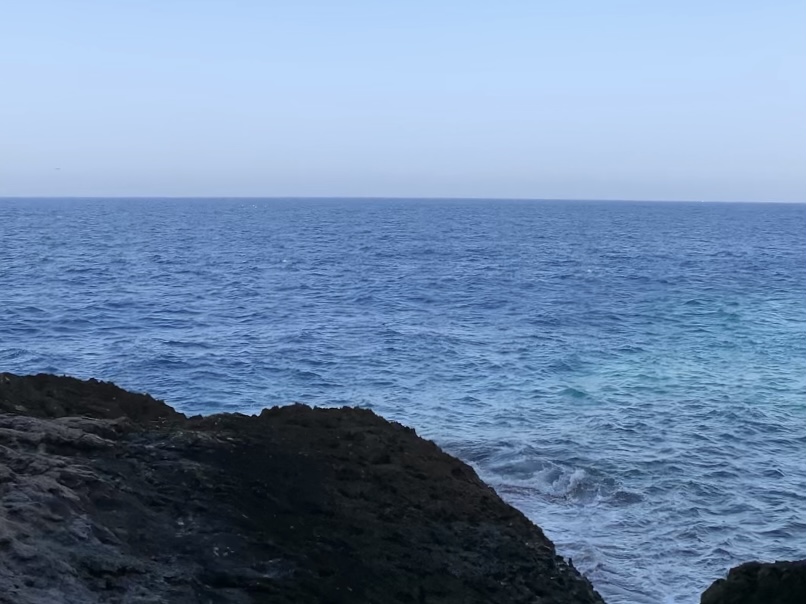
The island is surrounded by crystal clear waters where European shags (Gulosus aristotelis) of the ‘Mediterranean‘ form desmarestii hunt. These waters attract many tourists from the shore thanks to good opportunities for snorkeling. Even from the shore, one can tell many species apart: sargos (Diplodus sargus), dreamfish (Sarpa salpa), saddled seabreams (Oblada melanura)… I still remember how I found right here my first ornate wrasse (Thalassoma pavo) with some old goggles when I was a kid, a common species that made me become fond of the sea ever since.
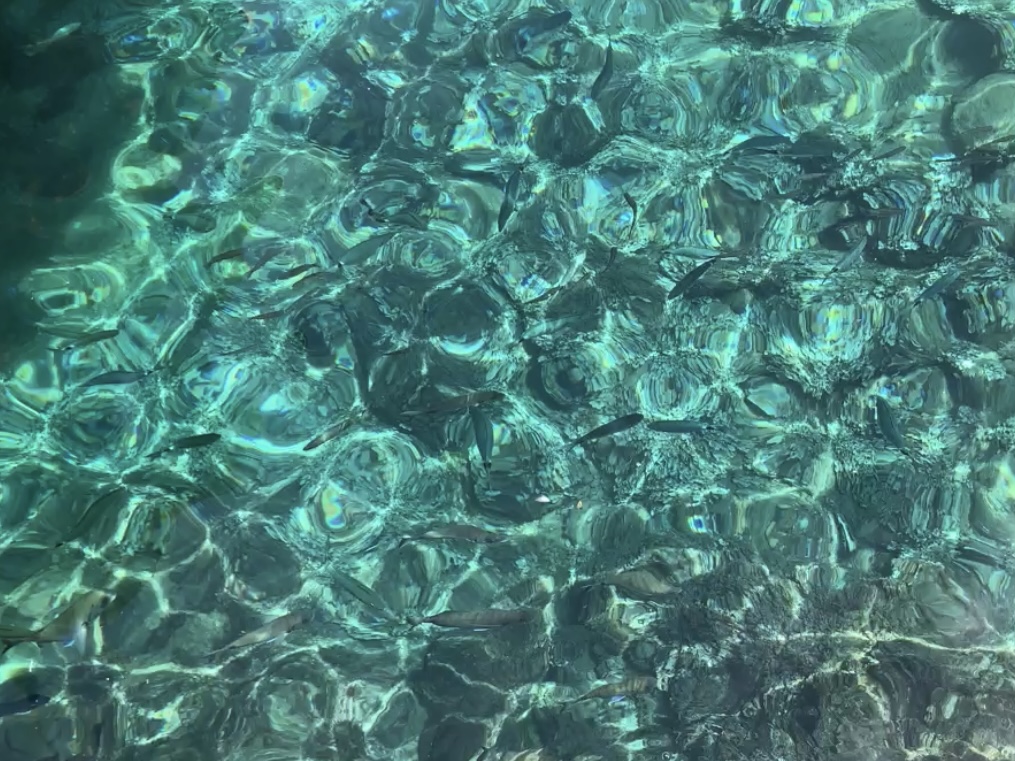
The caves seem calm, once we get there. Temperatures today are record-breakingly hot, and the cave’s shade is relieving, although condensation makes it feel like it rains inside. The cave is visited by many pallid swifts, as they nest on the very opening. Crawling through small openings at the bottom of the caves, we start hearing leprechauns. It’s the calls of adult storm petrels.

The variety in the colony is greatest this time of the year. Some nests have a single egg incubated by one adult, the other one fishing in the sea perhaps hundreds of kilometers away. Other nests have hatchlings taken care of by one parent. Older nestlings (over 10 days old) in other nests are left alone as both parents leave for fishing, and lose their dark-down fluffy looks as they grow older — some fledglings even showing a white rump already.

The activity peak of the colony happens at night. Adults come back from their pelagic trips to feed their youngsters or take over their partners. The amount of birds and the noise they make is astonishing, as the CRF staff that stayed overnight here say. Over 200 pairs bred last year in the island. However, some individuals of the very abundant yellow-legged gull specialize to hunt them, as their behavior in the nest makes them an easy prey. Another important conservation issue is Benidorm itself, as the city lights disorient mostly young birds on their first flight out the cave, ending up in the wildlife rescue center.
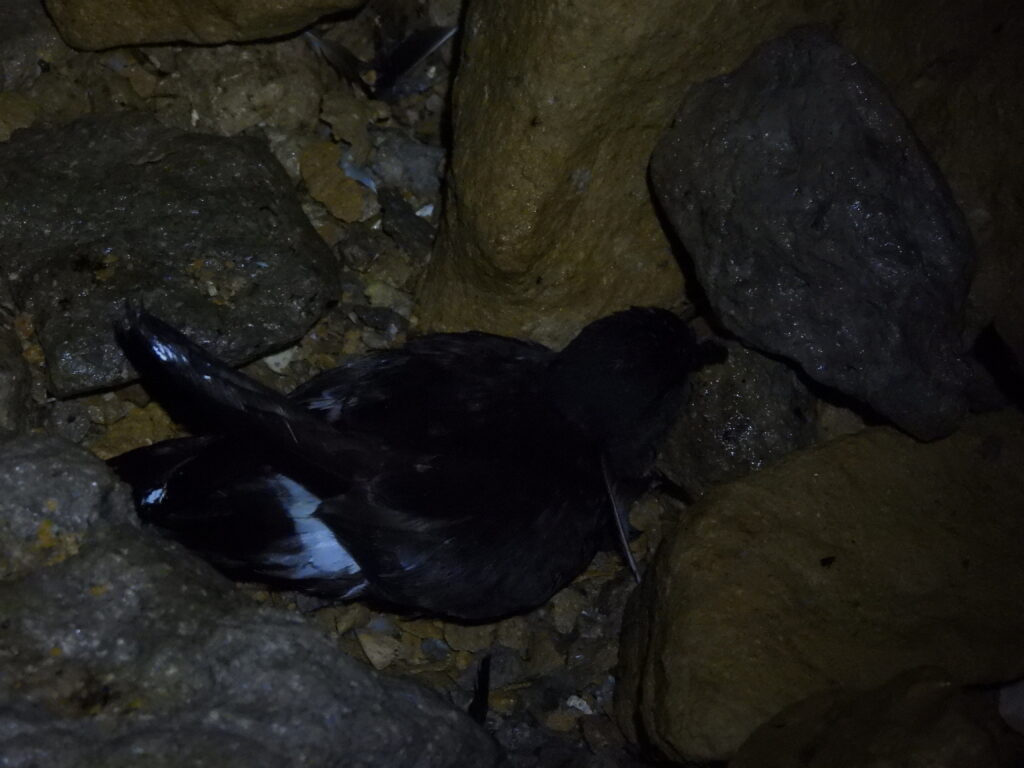
This monitoring project has taken place for several decades, and their staff collaborates with monitoring teams of colonies in other countries in the Mediterranean. Joint efforts not only allow for effective protection measures for this species, but also produce interesting findings — here, in Benidorm Island colony, so far two Swinhoe’s storm petrels (Hydrobates monorhis) have been recorded within the Mediterranean storm petrels, including the first-ever one in Spain in 1994 and an individual ringed in 2014. This species is a mega rarity in the western Mediterranean.
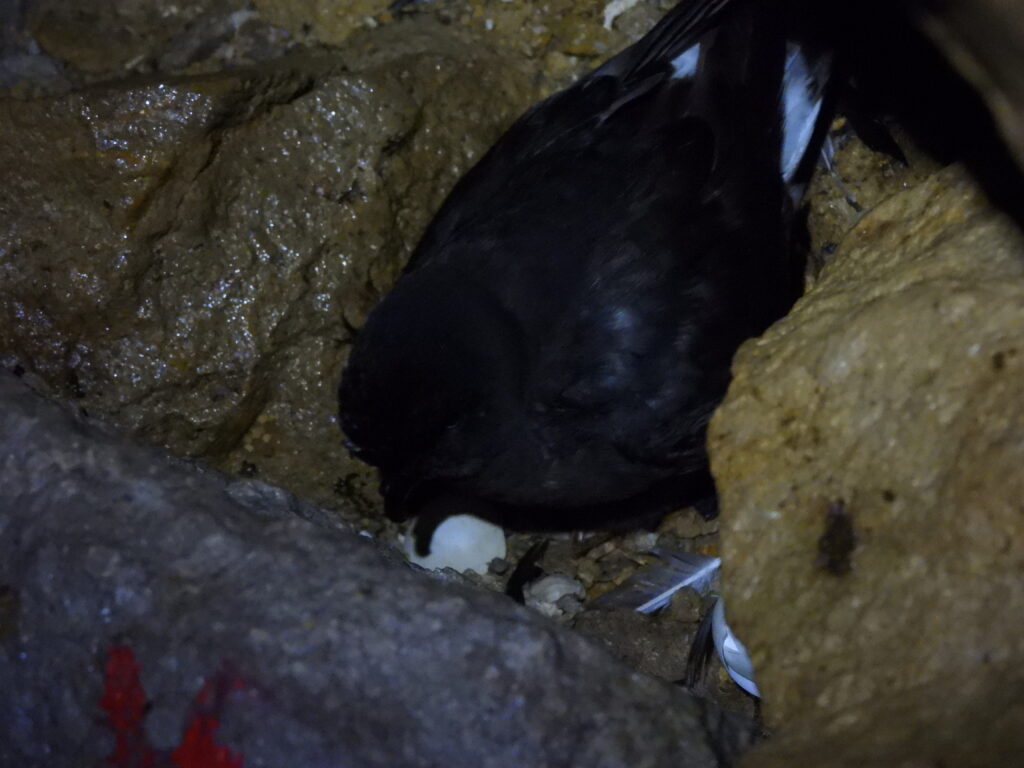
Despite the extreme heat and humidity — condensed drops fell from the cave top making it look like it was raining — we had a great time assisting with this interesting project. Mediterranean storm petrels are only seldom spotted from the shore, so having the chance to see them closely while getting to know one of their main bulkward in Alicante region has been awesome.

